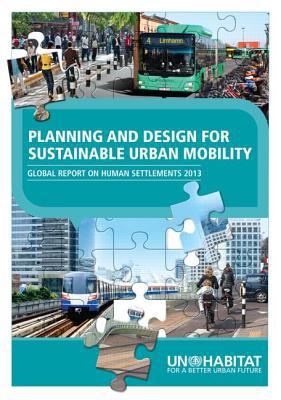
Planning and Design for Sustainable Urban Mobility PDF
Preview Planning and Design for Sustainable Urban Mobility
Urban transport systems worldwide are faced by a multitude of challenges. Among the most visible of these are the traffic gridlocks experienced on city roads and highways all over the world. The prescribed solution to transport problems in most cities has thus been to build more infrastructures for cars, with a limited number of cities improving public transport systems in a sustainable manner. However, a number of challenges faced by urban transport systems – such as greenhouse gas emissions, noise and air pollution and road traffic accidents – do not necessarily get solved by the construction of new infrastructure.
Planning and Design for Sustainable Urban Mobility argues that the development of sustainable urban transport systems requires a conceptual leap. The purpose of ‘transportation’ and ‘mobility’ is to gain access to destinations, activities, services and goods. Thus, access is the ultimate objective of transportation. As a result, urban planning and design should focus on how to bring people and places together, by creating cities that focus on accessibility, rather than simply increasing the length of urban transport infrastructure or increasing the movement of people or goods. Urban form and the functionality of the city are therefore a major focus of this report, which highlights the importance of integrated land-use and transport planning.
